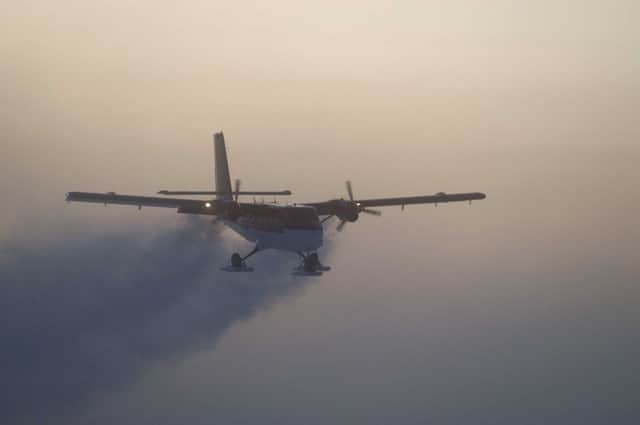Daring rescue flight leaves South Pole to evacuate ill worker


In an international effort, a Canadian-owned Twin Otter turboprop plane started the 1,500-mile flight to Rothera, a British station on the Antarctic peninsula, said Peter West, spokesman for the National Science Foundation, which runs the polar station for the US.
Once the sick patient and the crew rest, they will then fly off Antarctica for medical attention that could not be provided on the remote continent.
Advertisement
Hide AdAdvertisement
Hide AdWest said at least one worker and possibly two – support crew employed by logistics contractor Lockheed Martin – had to be evacuated. The agency won’t identify the sick workers or their conditions, citing medical privacy.
Normally planes don’t use the polar outpost from February to October because of the dangers of flying in the pitch dark and cold. Wednesday it was -75 degrees at the South Pole (-60C), according to the station’s webcam and weather gauges. The first day of winter in the Southern Hemisphere was Monday – the sun will not rise at the South Pole till the first day of spring in September.
The extreme cold affects a lot of things on planes, including fuel, which needs to be warmed before takeoff, batteries and hydraulics, West said. The Twin Otter can fly in temperatures as low as -103 degrees (-75C), he said.
“The air and Antarctica are unforgiving environments and punishes any slackness very hard,” said Tim Stockings, operations director at the British Antarctic Survey in London. “If you are complacent it will bite you.”
“Things can change very quickly down there” with ice from clouds, high winds and snow, he said.
The National Science Foundation decided last week to mount the rescue operation because one staffer needed medical care that can’t be provided there. The station has a doctor, a physician’s assistant and is connected to doctors in the US for consults, West said. There are 48 people – 39 men and nine women – at the station.
Scientists have had a station at the South Pole since 1956. It does astronomy, physics and environmental science with telescopes, seismographs and instruments that monitor the atmosphere. The foundation runs two other science stations in Antarctica.